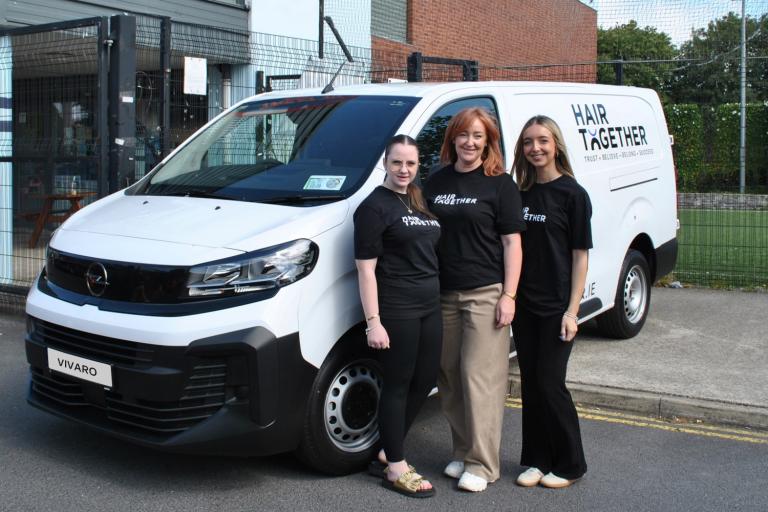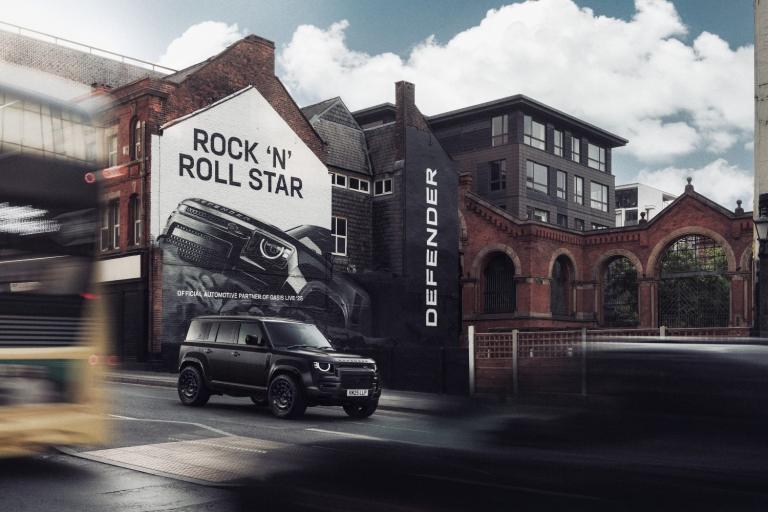Review: Volvo XC40 Recharge – Safety and power fires this up to make it a smooth operator
Published on 24 September, 2022
Overview
Volvo go to great lengths to emphasise how much time and effort they put into making their cars as safe as possible.
It has been their calling card for decades.
Indeed, as I report elsewhere, they are promising some extraordinary new systems in their upcoming EX90 electric flagship which is being unveiled to the world in early November.
They tell us they will continue to work on safety “until cars don’t crash any more, until we’re 100pc carbon free as a company”. It is a genuine and laudable undertaking.
It’s official: we are changing how we drive as energy costs increase
Sometimes the extent of such ambition can be overlooked in consideration of other, shall we say, more glamorous elements such as fancy infotainment screens and visual gadgetry.
I mention that here because I’ve just been driving the latest XC40 Recharge, mid-size electric crossover, which is packed with loads of safety items.
But Volvo is not all about safety alone. I feel there is one thing we don’t necessarily associate so readily with some of its cars and that is how powerful they can be.
The XC40 EV is a good example. It packs 231hp, the sort of figure that would not be out of place in a BMW sporty saloon.
The really nice thing about the XC40, in this single-motor version I had on test, is how it handled the demands associated with that sort of power.
It is such an important tie-in with safety because if your car can’t respond to, or cope adequately with, the pressures exerted by swift acceleration, deceleration, bends and different road conditions, then it is more liable to put you at risk of something going wrong.
That takes the good and the enjoyment out of driving – it’s okay to enjoy an electric car, by the way.
I’m glad to say the XC40 behaved impeccably and left me to enjoy several journeys at the wheel secure in the knowledge it was doing exactly what it should be.
It certainly picked up pace at the slightest prod of the right foot but equally slowed with stability when I eased back.
There wasn’t much body roll – testament to a nicely tuned suspension and a well-balanced chassis.
The car looks every bit the part of a modern EV now with its “closed ranks” grille accentuating a simple front that doesn’t follow the fashion of having lots of angles and curves.
What about the inside?
Some weeks back I criticised the Polestar 2 for its dull cabin, laying the blame very much on what I described as the drab grey decor therein.
It just goes to show how important such elements can be. I’m sure some of you would like the Polestar interior. I’m more certain that most of you would like the Fjord Blue hue in the Volvo’s cabin.
And maybe I would have liked the Polestar 2 more if it had blue rather than grey around the interior. These things are very much about personal taste. Make sure you are 100pc happy with whatever is offered you. You’ll have to live with your choice for a long time.
There wasn’t that much to criticise the Volvo about overall – with one glaring exception.
I mention it with trepidation: voice recognition with Google assistant. Maybe that should read “voice non-recognition”.
I promise you I spoke clearly and my instructions were precise. Yet how come it told me, after a few attempts, that the good friend I was trying to call didn’t exist, or at least didn’t have a phone number?
I found that system infuriated me before. It just doesn’t work for me.
Maybe you are smiling at my awkwardness and lack of tech savvy (I’m not that bad) but, had I let it get to me, I would have been in danger of being distracted and that is not a good idea.
Safety is a multifaceted phenomenon and distraction is one. I’m open to correction but I feel strongly on this.
Let me finish on a positive note. The seats on this car were exceptional. I much appreciated the pliable support, ease of positioning and the sort of comfort that shortens longer journeys.
That has a safety aspect to it too. A well looked-after driver who doesn’t have to shift and change seat/steering-wheel settings every few kilometres is a safer driver.
Incidentally, as it is a family crossover, there was good room at the rear.
Would I buy it? Well, it’s fairly well priced for what you get. The Google voice feature would be a deterrent but I probably would buy it if I still had a young family to drive around. The fact it’s a powerful machine would be another attraction.
FACTFILE
Volvo XC40 Recharge electric (single motor), 69kWh battery, front axle drive motor, 231hp, claimed range of 415km, road tax €120. Price: €53,980.
Spec includes: cruise control, 19ins alloys, rear park assist, 2-zone climate control, integrated waste bin, 12.3in driver display, 9in t/screen, front load compartment (31 litres), voice recognition with Google assistant, underfloor cargo storage.
Raft of driver assist systems. ‘Ultimate’ spec includes 360-deg surround view, pilot assist, ACC, 20ins alloys.
Don’t be a lazy driver just because your car is laden with tech
Latest Reviews

Opel Supports Hair Together with Vivaro Van Donation

2025 CarsIreland Dealership Awards Q2

Rock n Roll Star - Defender partners with Oasis Live